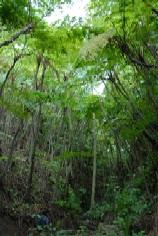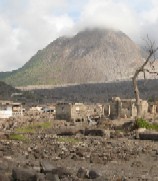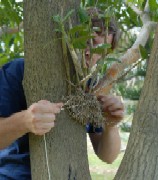UK Overseas Territories
- Home
- UK
Overseas Territories
- Biodiversity
- Threats
- Kew's historical links
- Ascension
- Anguilla
- Bermuda
- British Antarctic Territory
- British Indian Ocean Territory
- British Virgin Islands
- Cayman Islands
- Falkland Islands
- Gibraltar
- Montserrat
- Pitcairn Islands
- South Georgia
- Sovereign Base Areas on Cyprus
- St Helena
- Tristan da Cunha
- Turks and Caicos Islands
- Conservation activities
- Capacity Building
- Community involvement
- Links
- Contacts
UK Overseas Territories Programme
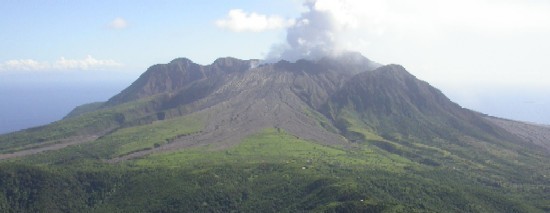
Montserrat: The Territory |
||
 |
Montserrat is one of the Leeward Islands of the Lesser Antilles in the eastern Caribbean. It is a volcanic island, with an active volcano which erupted between 1995 and 1997, releasing devastating pyroclastic flows of hot ash, gas and rock. These destroyed the capital, Plymouth, and several villages. Well over half of Montserrat’s human population were evacuated from the island during the eruption. The island has three main ranges of hills – the Silver Hills (in the north), the Centre Hills and the Soufriere Hills (in the south) which reach 900 m in height. It has a rugged landscape with deep valleys. |
|
Biodiversity – plants and animals |
|
| Originally much of the island would have been forested, with wet forest on the higher slopes with sufficient rainfall and elfin woodland covering the peaks and ridges. At lower altitudes, there was a patchwork of dry scrub, with some areas dominated by cacti, with some dry forest and littoral (coastal) forest. The forests are home to several unique amphibians and reptiles
including a frog known as the mountain chicken and a lizard called
the Montserrat galliwasp. |
|
Threats to biodiversity |
|
|
|
Much of the island’s original forest was cleared for agriculture and timber and it has been replaced by secondary forest composed of a different range of plant species. Volcanic eruptions and pyroclastic flows have devastated the vegetation of the Soufriere Hills. Tropical storms inflict serious damage to the island’s forests, notably Hurricane Hugo in 1989. Feral animals, particularly pigs and rats, are damaging areas of native vegetation and destroying seedlings. The hedging plant, purple allamanda (Cryptostegia madagascariensis) and other introduced invasive plants are smothering native species. |
Unique species: Epidendrum montserratense |
||
| This
orchid only occurs on Montserrat. It once grew in the Soufriere
Hills but its habitat there was destroyed by pyroclastic flows from
the volcano. It is now restricted to the forest of the Centre Hills.
It is an epiphytic orchid - that is, it lives on tree trunks and
branches without any contact with the soil but without taking nutrients
from its supporting plants. |
||
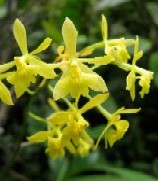 |
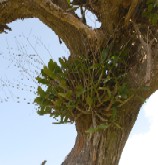 |
|
Find out more about:Kew's activities in Montserrat, past and
present: Montserrat's biodiversity: |

